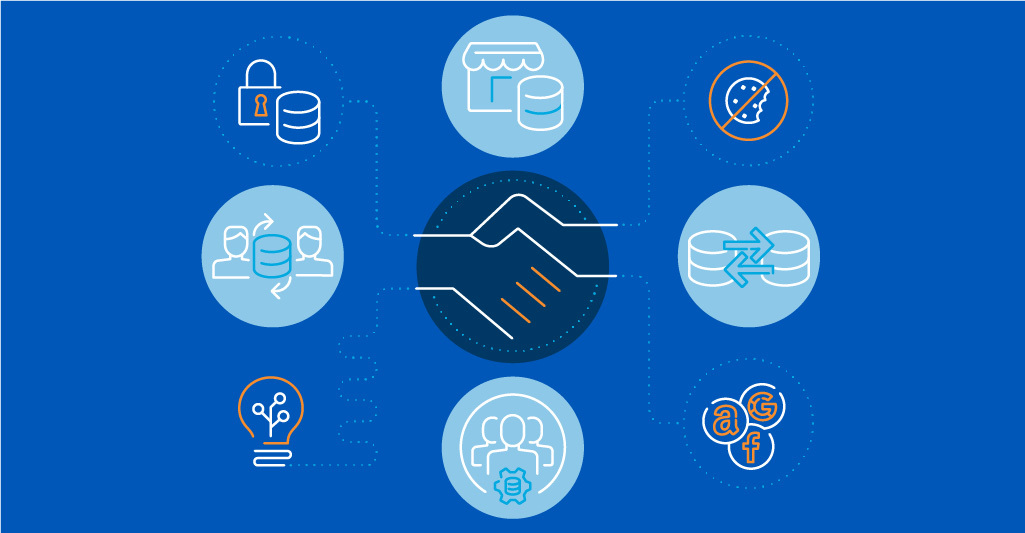If you’d been asked, around the start of the pandemic, which aspects of digital media would benefit most from the upheaval in people’s behaviour, you’d certainly have picked video conferencing, streaming media and e-commerce. But advertising on e-commerce websites? Maybe not.
But the last two years have seen the sector – known as retail media – grow dramatically. Emarketer figures show the amount spent on what it calls ‘e-commerce channel advertising’ in the US increased by 50% in 2020, and by almost another 30% last year, to nearly $24bn. That means one in every eight dollars spent on digital advertising went to e-commerce platforms.
This growth isn’t just a simple matter of advertising spend following consumers’ switch to online shopping. A number of other things have happened to create the conditions for the boom. The first is that retail media itself has become increasingly sophisticated – and powerful – since Amazon first introduced Sponsored Products and Sponsored Display back in 2012. The following year, we saw Amazon launch an audience extension offer using DSP technology, and shortly afterwards, Ali Baba unveiled a DMP for programmatic retail media buying. Other retail giants – including Target in the US, and Carrefour and Casino Group in France – followed suit. All were offering the opportunity to reach large, contextually targeted audiences, with the added incentive of them being in the mood to buy.
The data opportunity
At the same time these companies, and others, were starting to monetize the massive amounts of first party data they collect about their customers. In 2020 Walmart, the world’s biggest retailer, launched a retail media network that combined its offers around search and display with customer insights and data sharing. If you’ve read my recent posts about the need for a 360º data strategy, you’ll remember the value that data partnerships with retailers bring to CPG (Consumer Packaged Goods) brands that have little or no first-party data of their own. And this value is only increasing as the demise of the third-party cookie approaches.
The crux is that retail data allows brands with little or no direct customer relationship to see who’s buying their products, where and how often, and to develop a better understanding of who these customers are. It also allows them to optimise their campaigns through a process of test-and-learn.
Attribution also becomes much clearer when the advertising and the ultimate transaction take place on the same platform. This is particularly true for FMCG (Fast Moving Consumer Goods)brands with short customer journeys. It’s a central plank of our partner Carrefour’s Links platform, launched last summer to bring together all its retail media offerings, including search, display, video, insights, and CRM..
The final factor is that e-commerce companies’ can use their own DSPs to activate their first-party data, allowing brands to reach their customers in other addressable channels, extending audiences and improving targeting.
The boom continues
All current predictions suggest that retail media will continue to grow significantly in the next few years, driven mainly by the continuing growth in e-commerce. Statista suggests that the $4.9tn the world’s shoppers spent online last year will increase to around $7.4tn by 2025.
At the moment, the dominant player is Amazon, which took around three-quarters of US retail media spend last year. The next layer of the market is made up of multinational ‘bricks-and-clicks’ players like Walmart and Carrefour, and pure-plays such as eBay, with a raft of new entrants – including Uber – below them. The proliferation of advertising opportunities as new players enter the market will also fuel growth, as will the continuing development of tech infrastructure on both the buy and sell sides and the increasing engagement of the big agency groups.
The sector will also develop at the national level. Media agency Group M is predicting a UK retail media market worth £2.4bn by 2024. One of the pioneers of this is our client Boots, which last September launched Boots Media Group, a full-service advertising offering based on the company’s first-party data, and a number of other retailers are working on similar plans.
All of this will make retail media relevant to a wider range of brands in terms of both sector and size, so next time I’ll take look at the UK scene in more depth.
